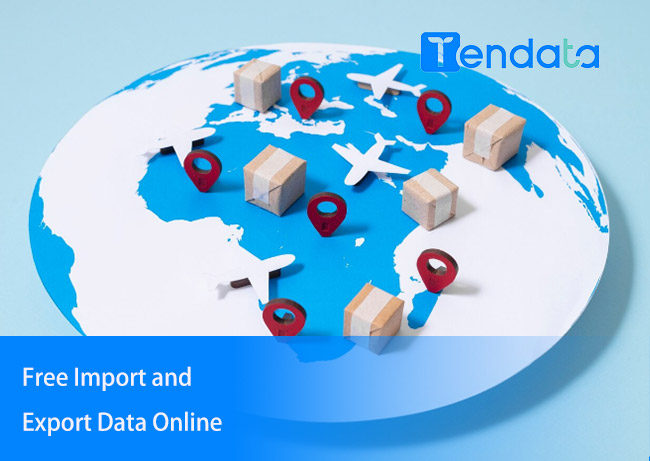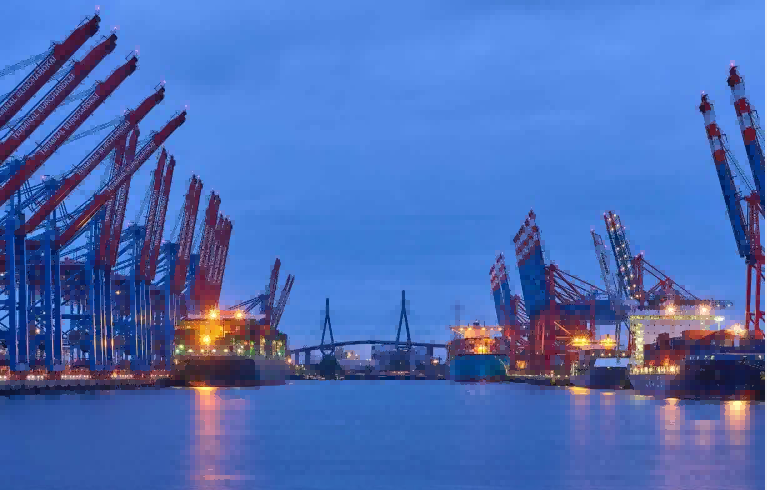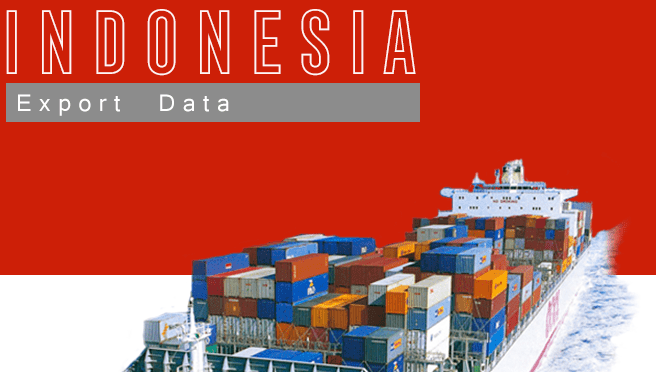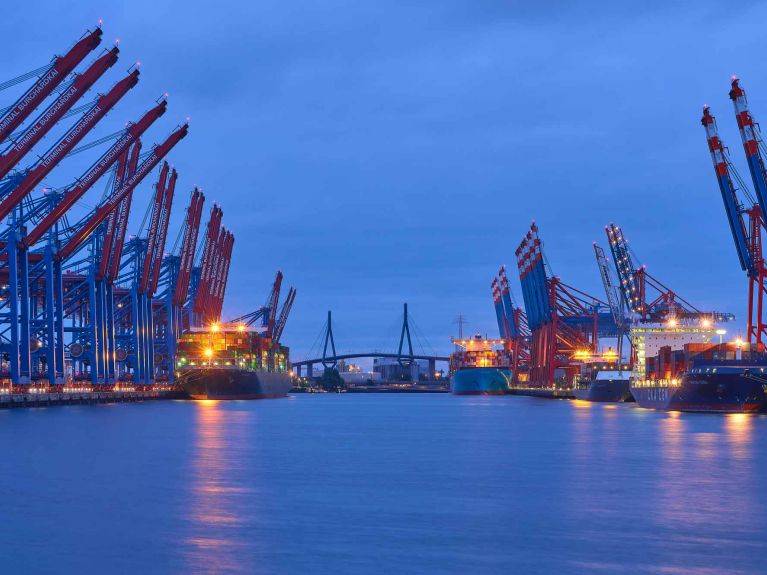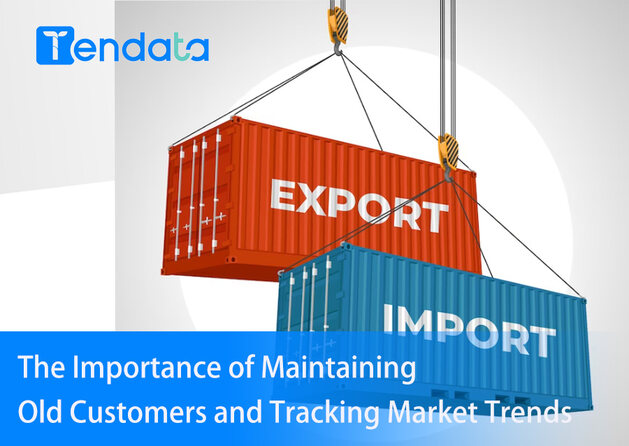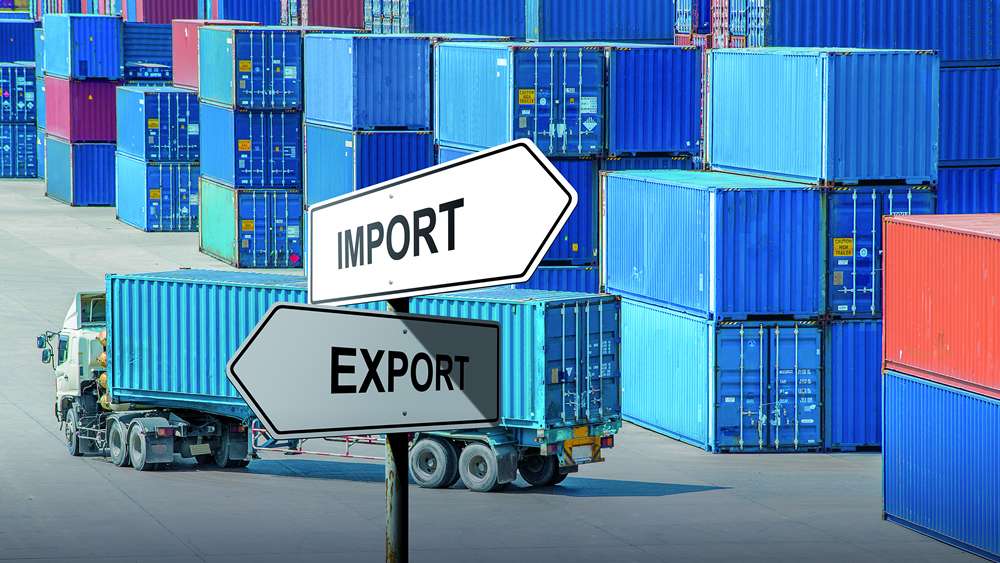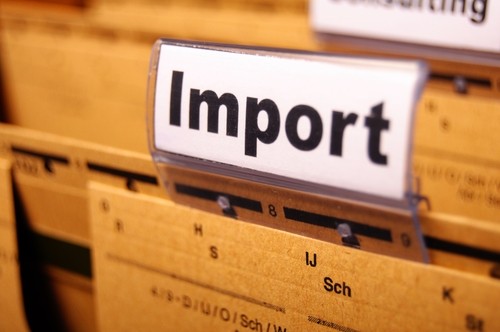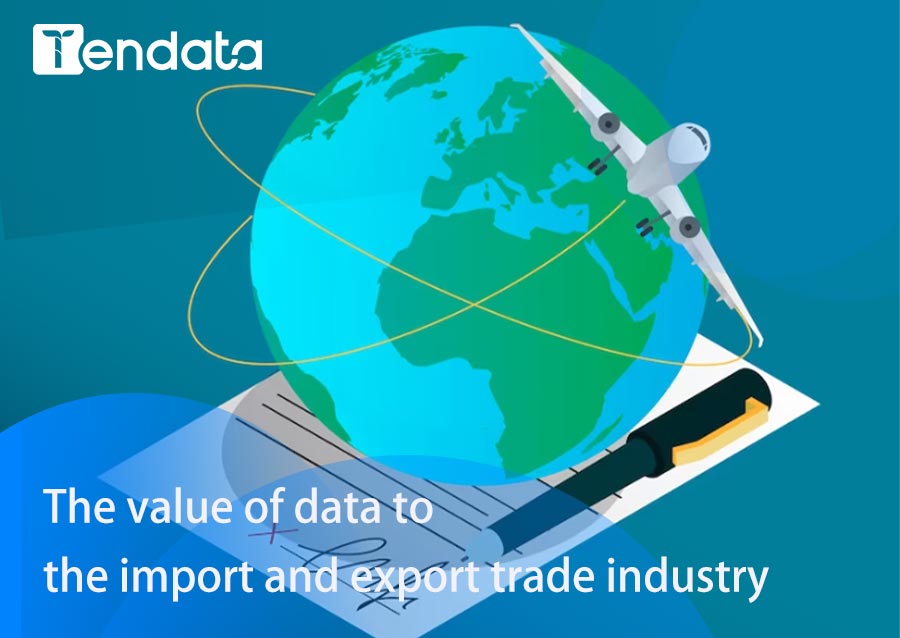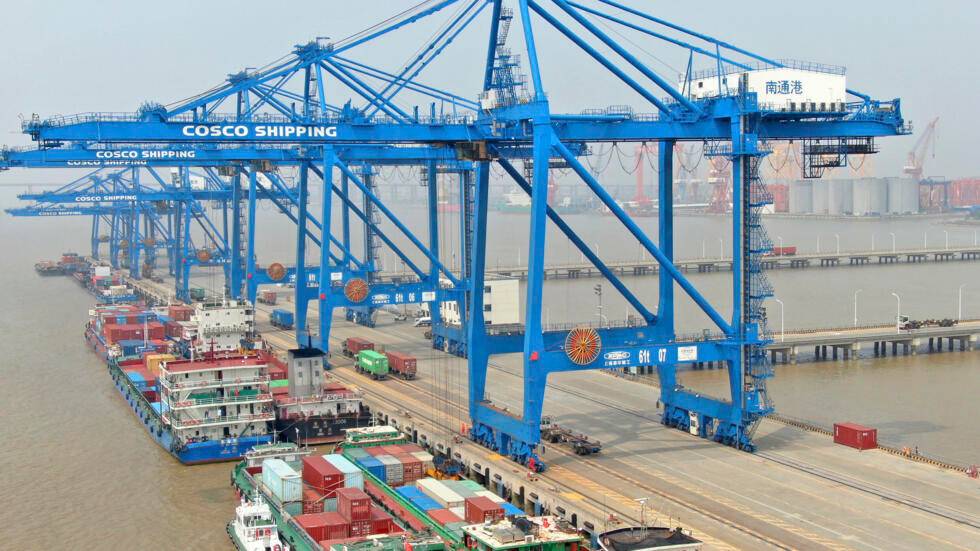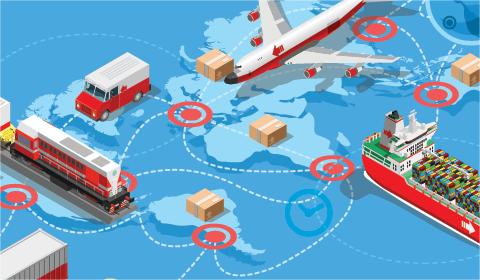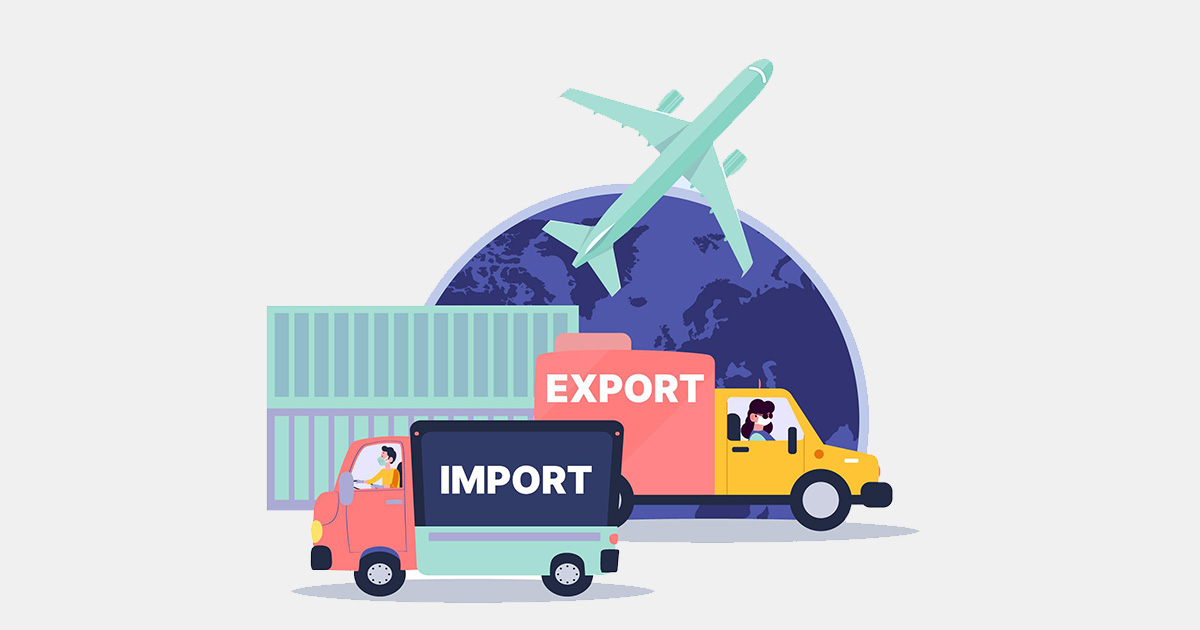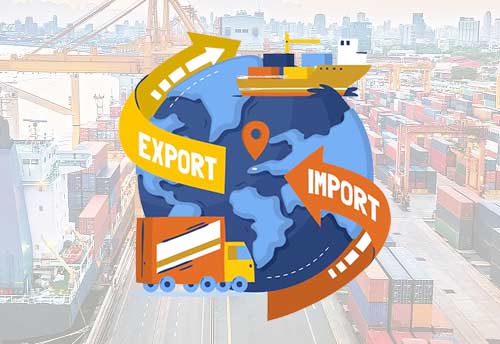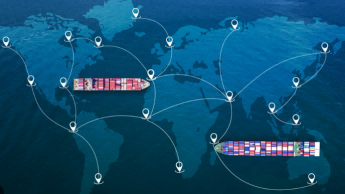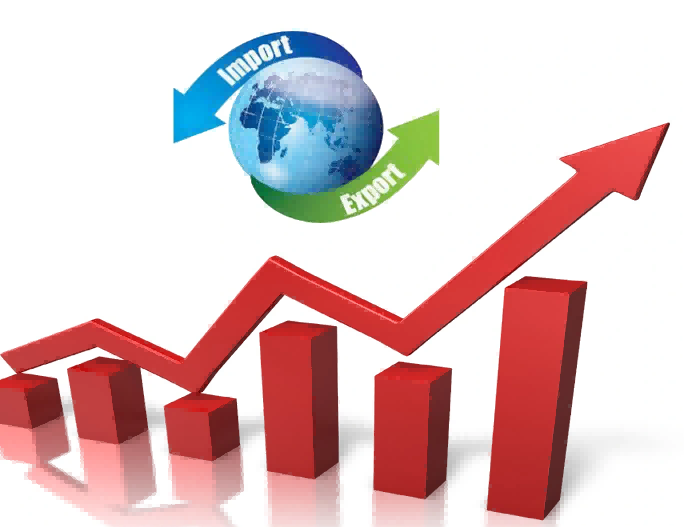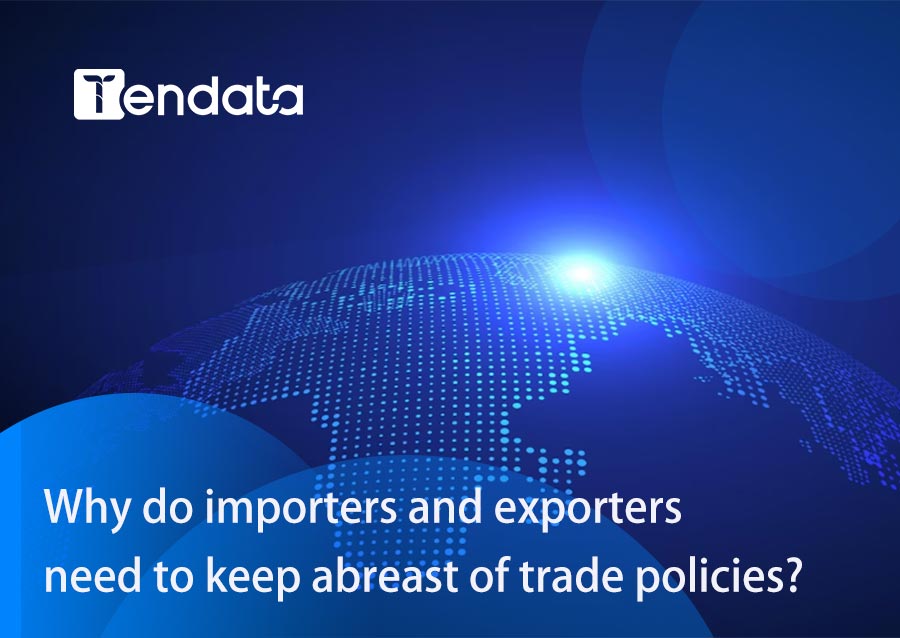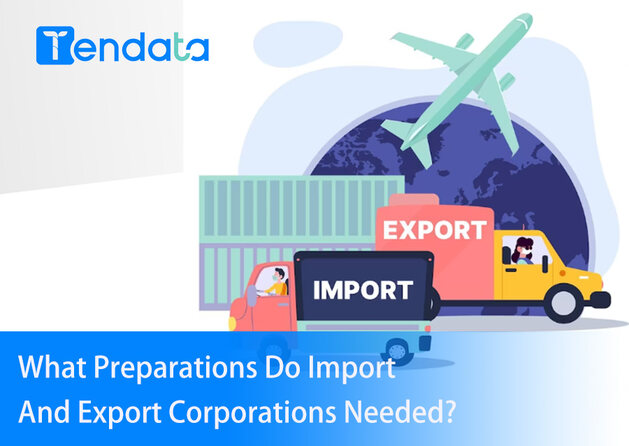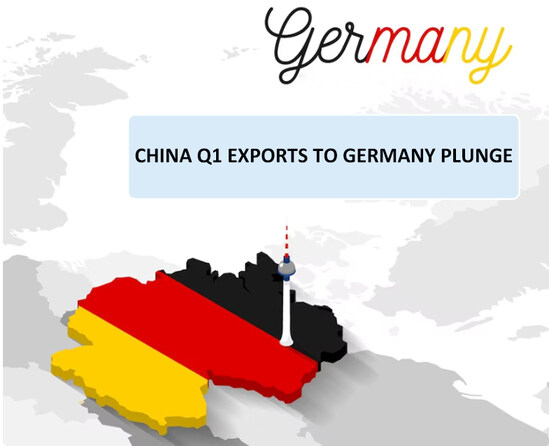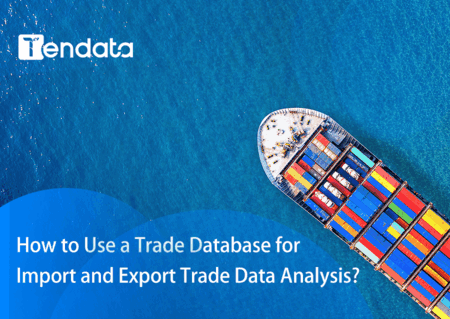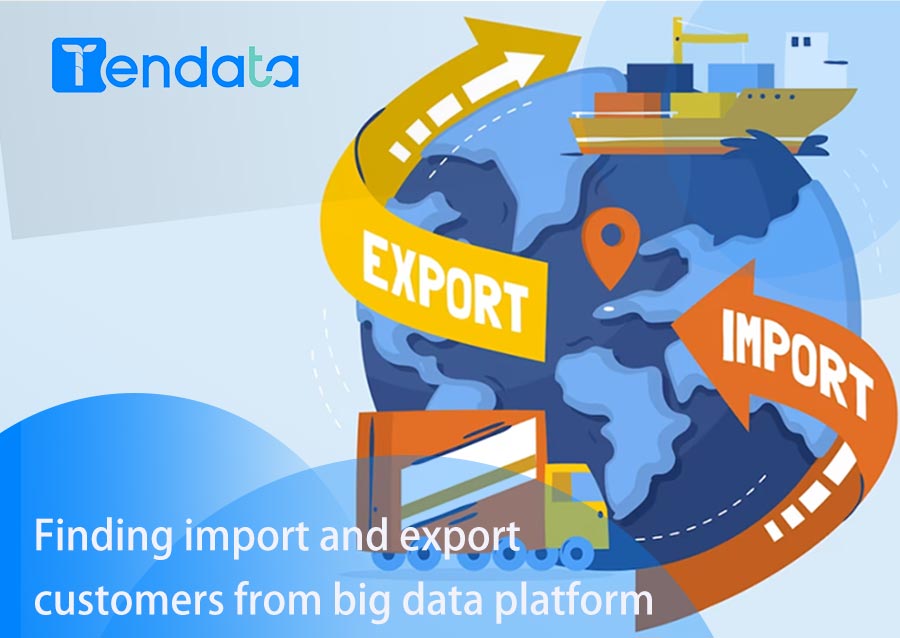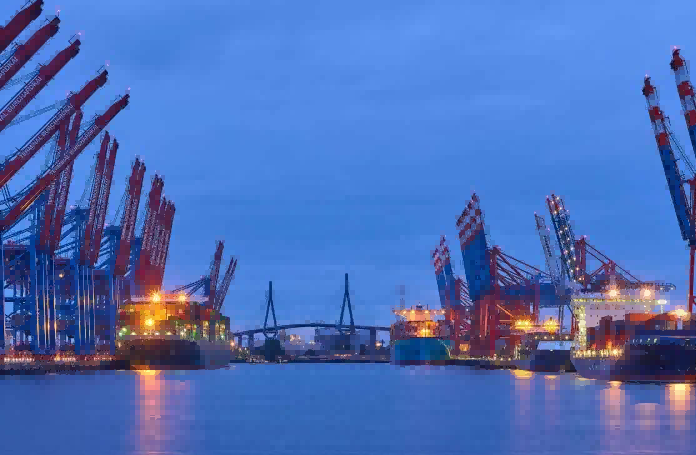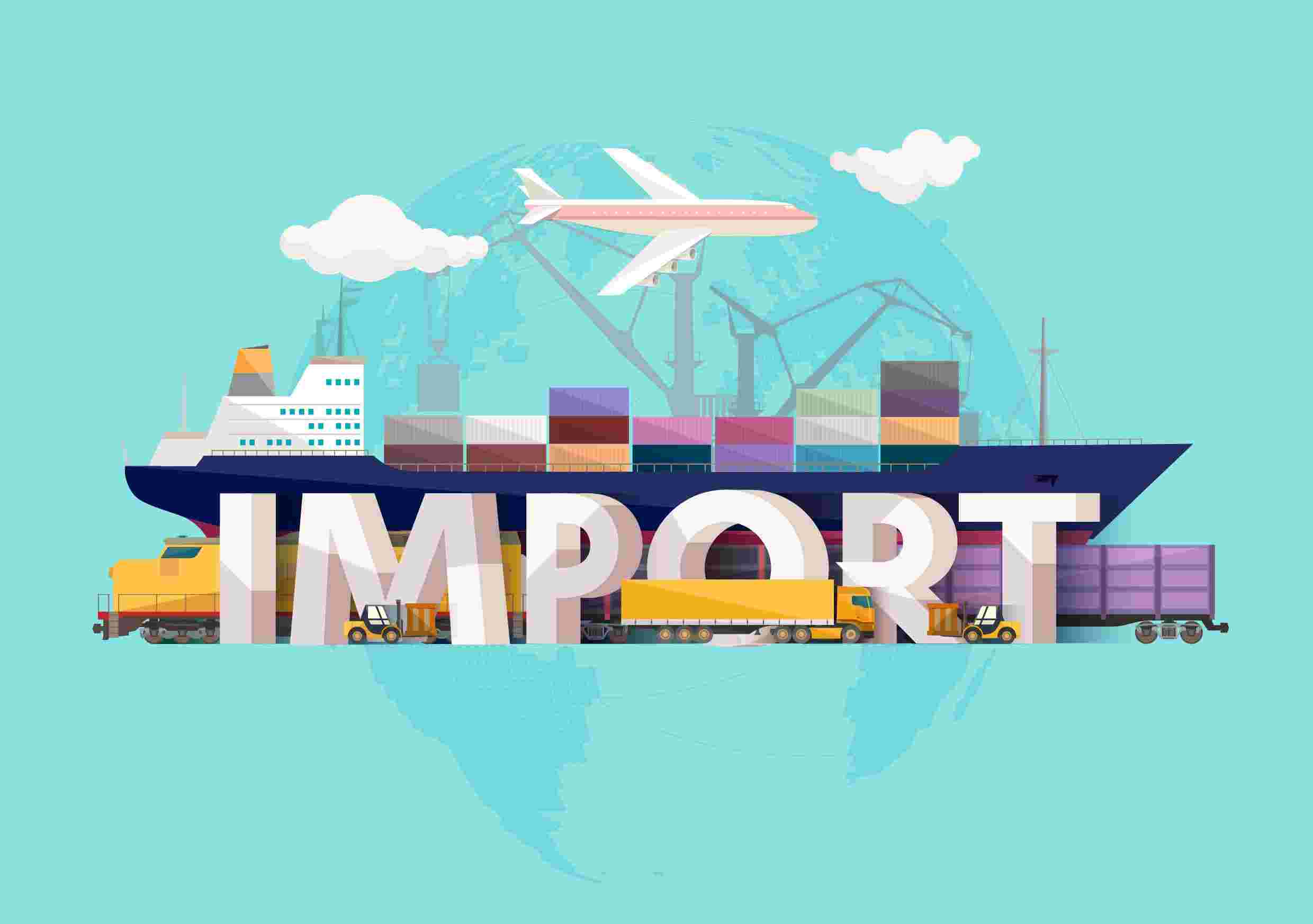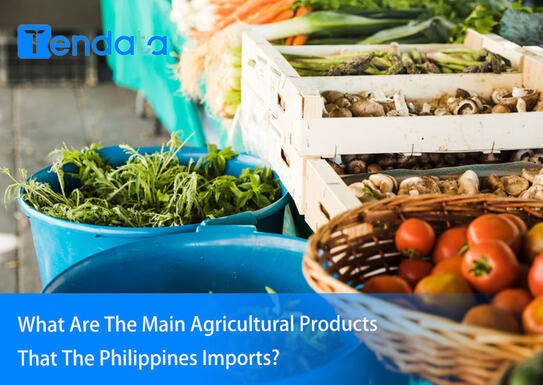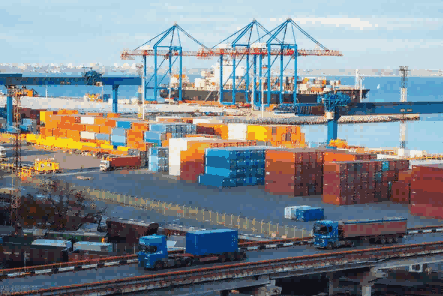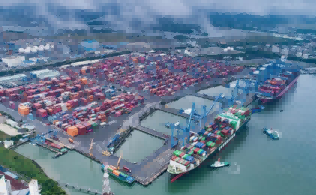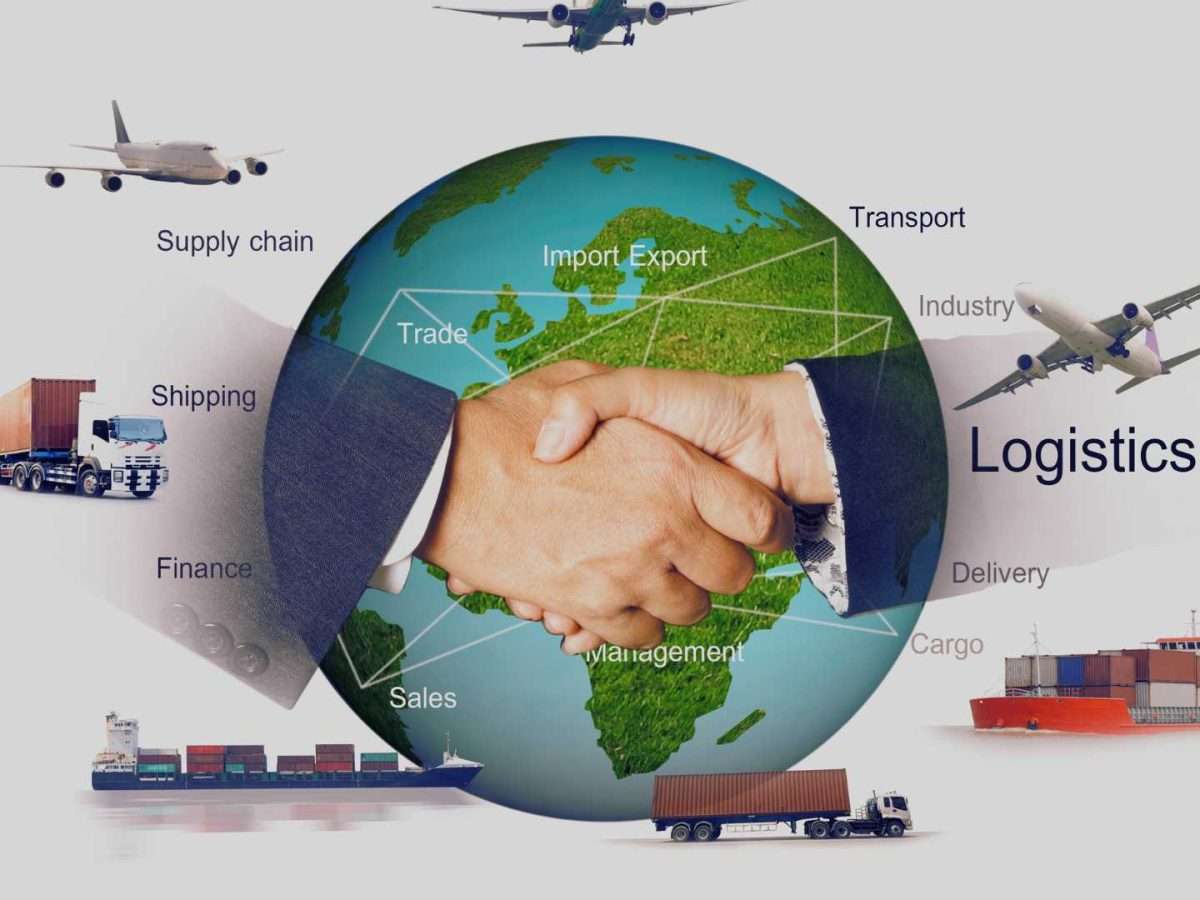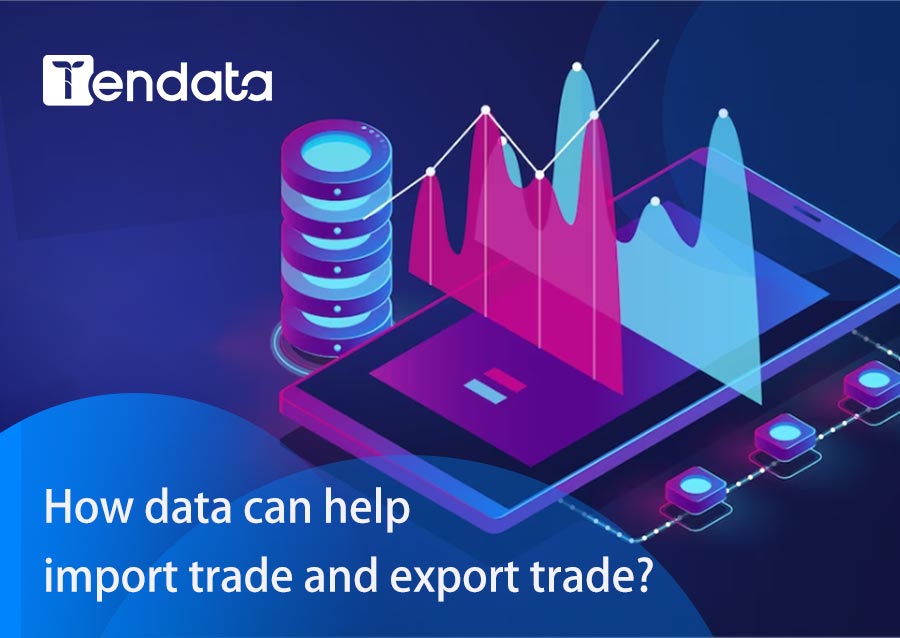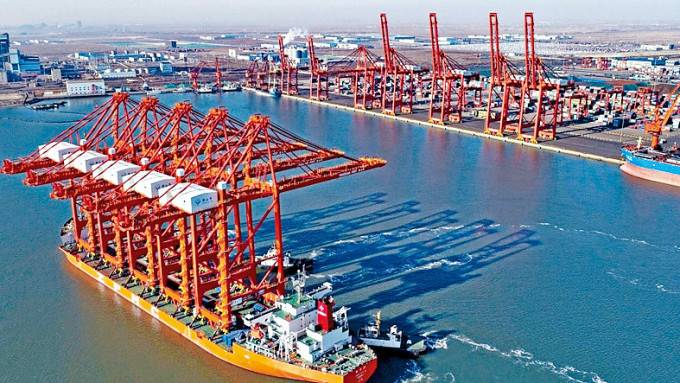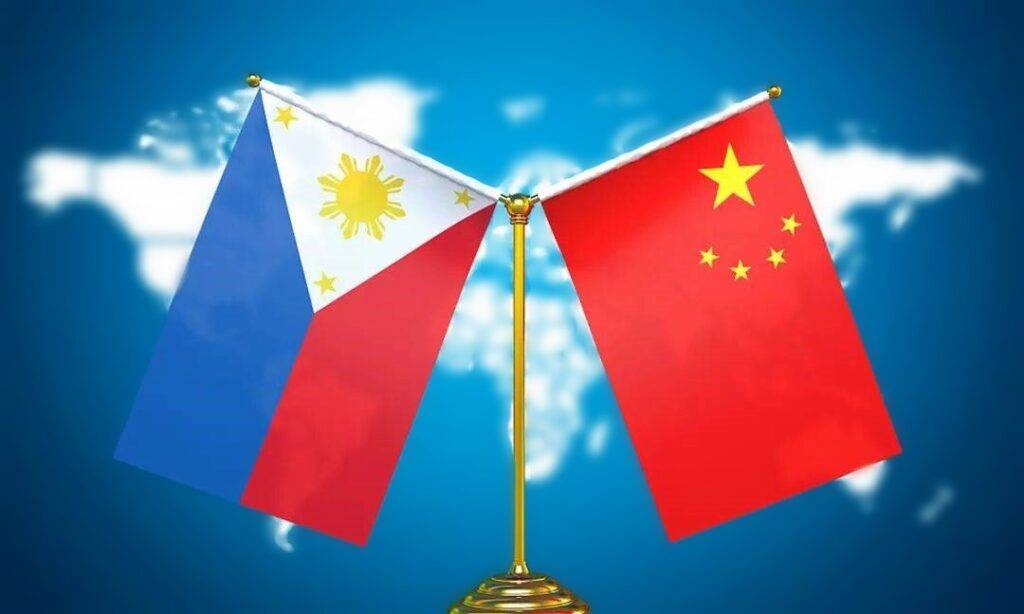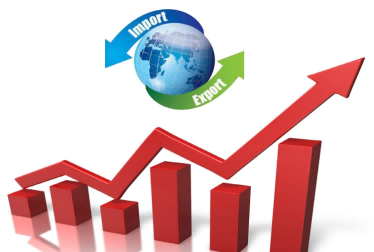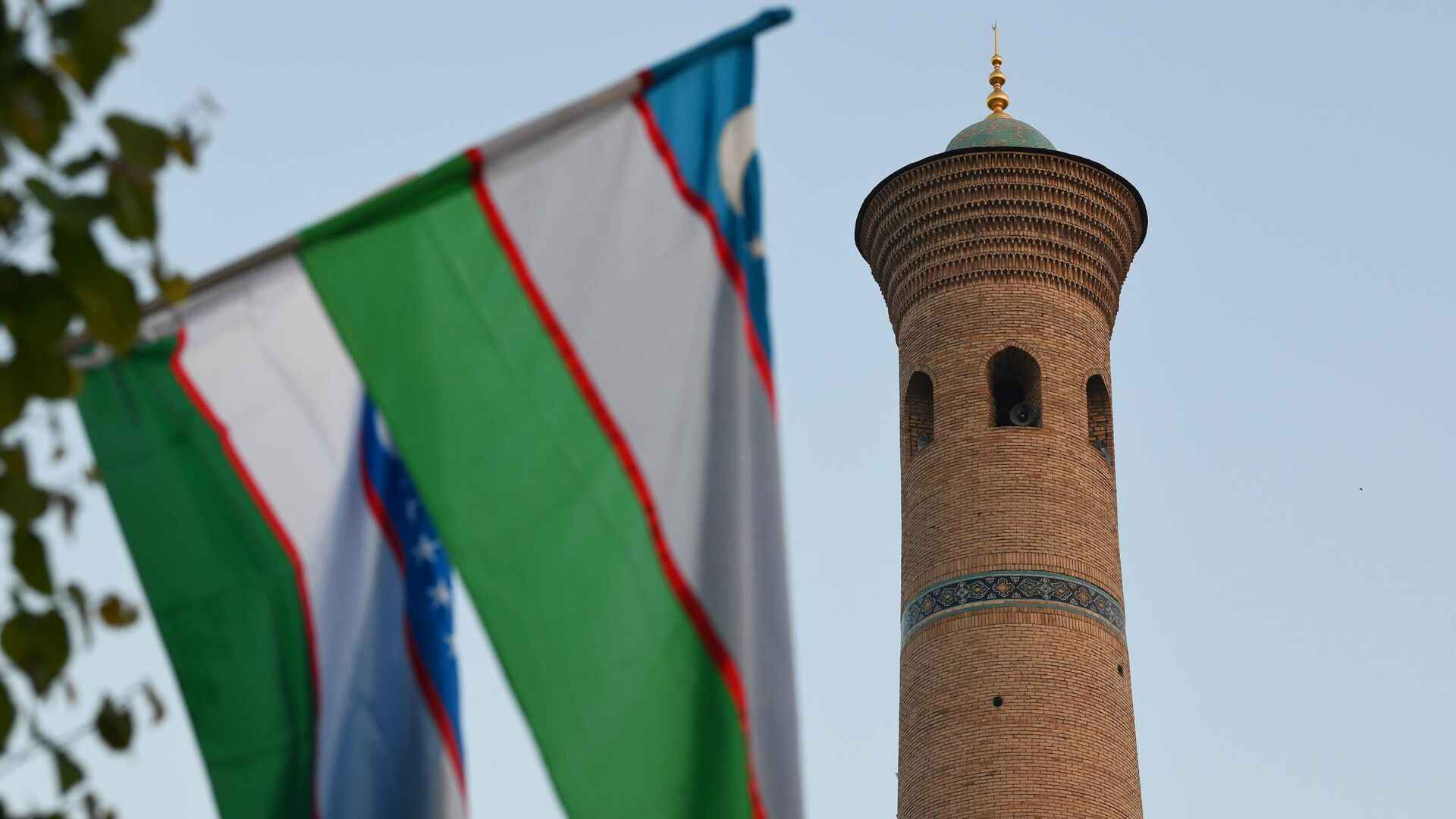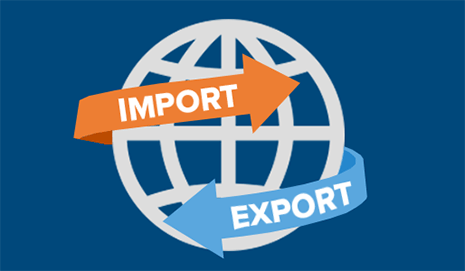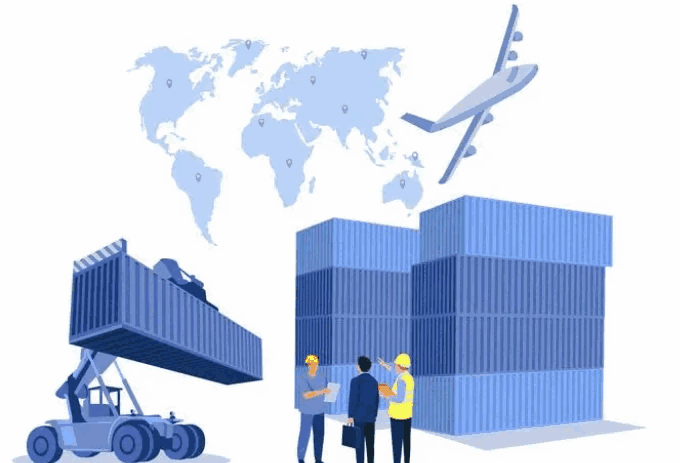 Export News
Export News
 2023-07-24
2023-07-24
Afghanistan, situated in South Asia, is a landlocked country with a rich history and diverse culture. The country's economy heavily relies on agriculture and trade, with exports playing a crucial role in supporting its economic development. In this article, Tendata will explore the exports of Afghanistan, the challenges faced in the export sector, and the potential for future growth.
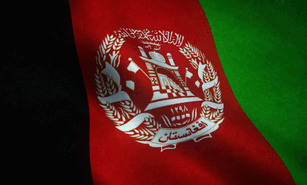
· Overview of Afghanistan's Export Sector:
Exports of Afghanistan have been traditionally dominated by agricultural products, given the country's favorable climate and fertile lands. The main exports of Afghanistan contribute significantly to the country's revenue generation and employment opportunities for its citizens.
1. Raisins: A Sweet Export of Afghanistan:
One of the primary exports of Afghanistan is raisins. The country's unique climate and variety of grape cultivars allow it to produce high-quality raisins that are popular in international markets. Afghan raisins are well-regarded for their natural sweetness and nutritional value.
2. Carpets and Handicrafts: Showcasing Afghanistan's Cultural Heritage:
Afghanistan is famous for its intricate handmade carpets and handicrafts. These traditional products showcase the country's rich cultural heritage and artistic skills. They are sought after in global markets for their unique designs and craftsmanship.
3. Fruits and Nuts: Natural Delights from Afghanistan:
In addition to raisins, Afghanistan exports a variety of fresh and dried fruits, such as pomegranates, apricots, and almonds. These natural delights are known for their flavor and nutritional benefits and are in demand among health-conscious consumers worldwide.
4. Precious and Semi-Precious Stones: Gems of Afghanistan:
Afghanistan is also known for its deposits of precious and semi-precious stones, including lapis lazuli and emeralds. These gemstones are highly valued in the international market for their quality and uniqueness.
· Challenges in Afghanistan's Export Sector:
Despite the potential for growth, the exports of Afghanistan face several challenges. These include inadequate infrastructure, security concerns, lack of market access, and limited export diversification. These challenges hinder the country's ability to fully leverage its export potential.
· Opportunities for Growth in the Exports of Afghanistan:
To promote export growth, Afghanistan can focus on diversifying its export base and enhancing its trade infrastructure. By investing in transportation and logistics, the country can improve the efficiency of export processes and reduce costs.
· Trade Agreements and Regional Integration:
Participating in regional trade agreements can open up new markets for the exports of Afghanistan. The country can explore opportunities to enhance trade ties with neighboring countries and leverage its strategic location to become a vital trade hub in the region.
· Enhancing Export Quality and Standards:
Ensuring the quality and compliance of exported products with international standards is crucial to building a reputation for Afghan goods in the global market. The government and relevant authorities can support exporters in meeting quality requirements and obtaining necessary certifications.
· Promoting Afghan Brands in the Global Market:
Promoting Afghan brands and products in international trade fairs and exhibitions can help increase global awareness and demand for the exports of Afghanistan. Building a strong brand identity can lead to a competitive advantage in the international market.
Conclusion:
The exports of Afghanistan comprise raisins, carpets, handicrafts, fruits, nuts, and precious stones. These products showcase the country's cultural heritage and natural resources. However, the export sector faces challenges such as infrastructure constraints and security issues. To achieve sustained export growth, Afghanistan must focus on diversifying its export base, improving trade infrastructure, and promoting its products on the global stage. By addressing these challenges and leveraging its strengths, Afghanistan can strengthen its position in the international market and drive economic growth.
Tendata platform is different from the traditional B2B platform of passive waiting for customers: Tendata based on big data, can take the initiative to deeply analyze the customer background, accurately locate the purchasers with transaction records, and can greatly screen and locate the big customers. Tendata iTrader has 180 million global enterprise information, 10 billion data scrolling every day, can quickly and intelligently screen out 121 million executives, decision makers contact information, including email, phone, social media, etc., but also can synchronize the display of the company's yellow pages, product images and web site. At the same time, Tendata provides 17 visualization reports to help foreign trade enterprises accurately locate and analyze the market, so that you can quickly find the precise buyers and suppliers you need. (>>>Check out the Tendata website for more details.)
Category
Leave Message for Demo Request or Questions


 T-info
T-info T-discovery
T-discovery

 My
Tendata
My
Tendata Market Analysis
Market Analysis Customer
Development
Customer
Development Competitor
Monitoring
Competitor
Monitoring Customer Relationship
Customer Relationship